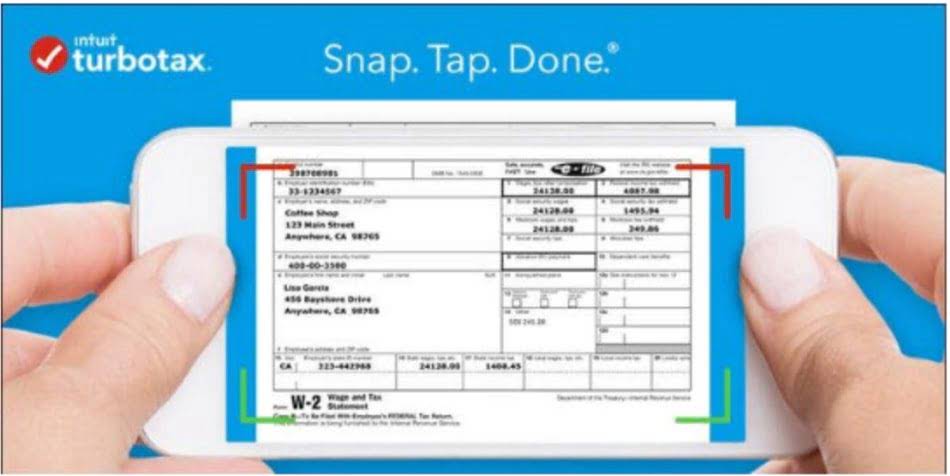.jpg)
Accruals are important because they provide a more accurate picture of a company’s financial position and performance than cash basis accounting, which only records transactions when cash is received or paid. They also help to ensure that revenues and expenses are matched properly, which is a key principle of the accrual accounting method. After the expense is recorded in accounts payable, it is no longer necessary to do an adjusting journal entry to record the expense again as an accrued expense. A prepaid expense is a type of asset on the balance sheet that results from a business making advanced payments for goods or services to be received in the future.
What Is the Difference Between Accrued Expenses and Accounts Payable?
Accrued revenues and expenses are two types of accruals that appear on the balance sheet. Overall, accruals are an important part of the accounting process and can have a significant impact on a company’s financial statements. Similar to accounts payable, accrued expenses are future obligations for cash payments to soon be fulfilled; hence, both are categorized as liabilities. To record accrued interest expense, an adjusting entry debits notes payable for the amount of accrued interest, while a credit to accrued interest revenue is made on the income statement.
- These companies pay these expenses later to get some leverage that might help them keep cash in hand intact.
- An adjusting entry needs to be passed on recording the impact of such an accrued interest.
- Accrual accounting requires that expenses be recognized when they are incurred, which means that the company must recognize the expense for the purchase even though it has not yet paid for it.
- Accountants record these expenses as a current liability on the balance sheet as they are accrued.
- We may earn a commission when you click on a link or make a purchase through the links on our site.
- Accounts payable are amounts owed to suppliers for goods or services that have been received but not yet paid for.
Accrued Revenues and Expenses
.jpeg)
Each month, $1,000 is added to the accrued liability as the journal entry above is repeated. At the end of the quarter, a few days after the quarter ends, ABC Company receives a utilities bill for $3,000. Even though the December bill has not been recorded in the books, the fact is that the service has been received, and hence expenses incurred.
Small Businesses and Sole Proprietorships
Accrued expenses, or accrued liabilities as they are commonly referred to in general accounting, are recognized on the balance sheet as a liability. This is because an “accrued liability” is the result of an accrued expense, which represents a company’s obligation to make a future payment. If you record an accrual for revenue that you have not yet billed, then you are crediting the revenue account and debiting an unbilled revenue account.
.jpg)
Then, for the forecast period, the accrued expenses will be equal to the % OpEx assumption multiplied by the matching period OpEx. However, if the amount of the expense is negligible, the account can be combined with accounts payable (A/P) or projected to grow in line with revenue growth. By contrast, a decrease in the accrued liabilities balance means the company fulfilled the cash payment obligation, which causes the balance to decline. The intuition is that if the accrued liabilities balance increases, the company has more liquidity (i.e. cash on hand) since the cash payment has not yet been met. Therefore, on 1 October 2019, the interest expense is $200, or 8%, of $10,000 for 3 months. The interest expense for the next quarter is based on the new balance in the notes payable account of $7,500.
How To Record?
Accruals are an important tool for companies to accurately reflect their financial position. By recognizing revenue and expenses when they are earned or incurred, regardless of when cash is received or paid, companies can provide a more accurate picture of their financial health. Accruals are a type of accounting adjustment that is used to recognize expenses or revenues that have been incurred but not yet paid or received, respectively. They are an essential part of accrual accounting, which is the most widely used method accrued expenses in balance sheet of accounting in the business world.
What are the Recognition Criteria for Assets in the Balance Sheet?
For example, if a company has earned revenue but has not yet received payment, that revenue will be recorded as an accrued asset on the balance sheet. On the other hand, if a company has incurred expenses but has not yet paid for them, those expenses will be recorded as an accrued liability on the balance sheet. Accruals are a fundamental concept in accounting that refers to the recognition of revenues and expenses in the period in which they are incurred, regardless of when payment is received or made. They are a key component of the accrual accounting method, which is used by most businesses to prepare their financial statements.
- A balance sheet shows what a company owns (its “assets”) and owes (its “liabilities”) as of a particular date, along with its shareholders’ equity.
- Recording accrued expenses allows for accurate financial reporting by reflecting the financial obligations of a business that have not yet been settled.
- Although the accrual method of accounting is labor-intensive because it requires extensive journaling, it is a more accurate measure of a company’s transactions and events for each period.
- These are the income due to the employees for the work done and are usually paid weekly or monthly.
- The main reason behind the classification lies in the fact that they are supposed to be settled in less than 12 months.
- Thus, prepaid expenses aren’t recognized on the income statement when paid because they have yet to be incurred.
Finally, the adjusting journal entry on 31 December 2017, along with the entry to record the payment of salaries on 4 January 2018, is given below with T accounts. Therefore, accrued salaries payable must be recorded for salaries earned by employees but that are unpaid through the end of the accounting period. Accrued expenses include items such as interest expenses, salaries, tax expenses, rental expenses, or any other expenses incurred in one accounting period that will be paid in subsequent periods. Because of additional work of accruing expenses, this method of accounting is more time-consuming and demanding for staff to prepare. There is a greater chance of misstatements, especially if auto-reversing journal entries are not used.
It is nearly impossible to generate financial statements without using accruals, unless the cash basis of accounting is used. Regardless of whether it’s insurance, rent, utilities, or any other expense that’s paid in advance, it should be recorded in the appropriate prepaid asset account. But, as the products and services are received, prepaid expenses are recognized on the income statement for each period when the money is spent. It is also essential for accrued expenses to be classified as Current Liabilities for the current year because of the accrual basis of accounting. This implies that expenses for a given period should be matched with the revenues of the given period.
The adjusting journal entry submitted in April would include a debit to lawn care expense and a credit to accrued expenses. The reversal of the adjusting journal entry on the 1st would include a debit to accrued expenses and a credit to lawn care expense. On the other hand, if companies utilize the cash basis of accounting, there are no accrued expenses in that particular case. One of the most common applications of accruals is in the management of accounts receivable and payable. When a company sells goods or services on credit, it creates an account receivable.

.jpeg)
.jpg)
.jpg)
.jpeg)
.jpg)



